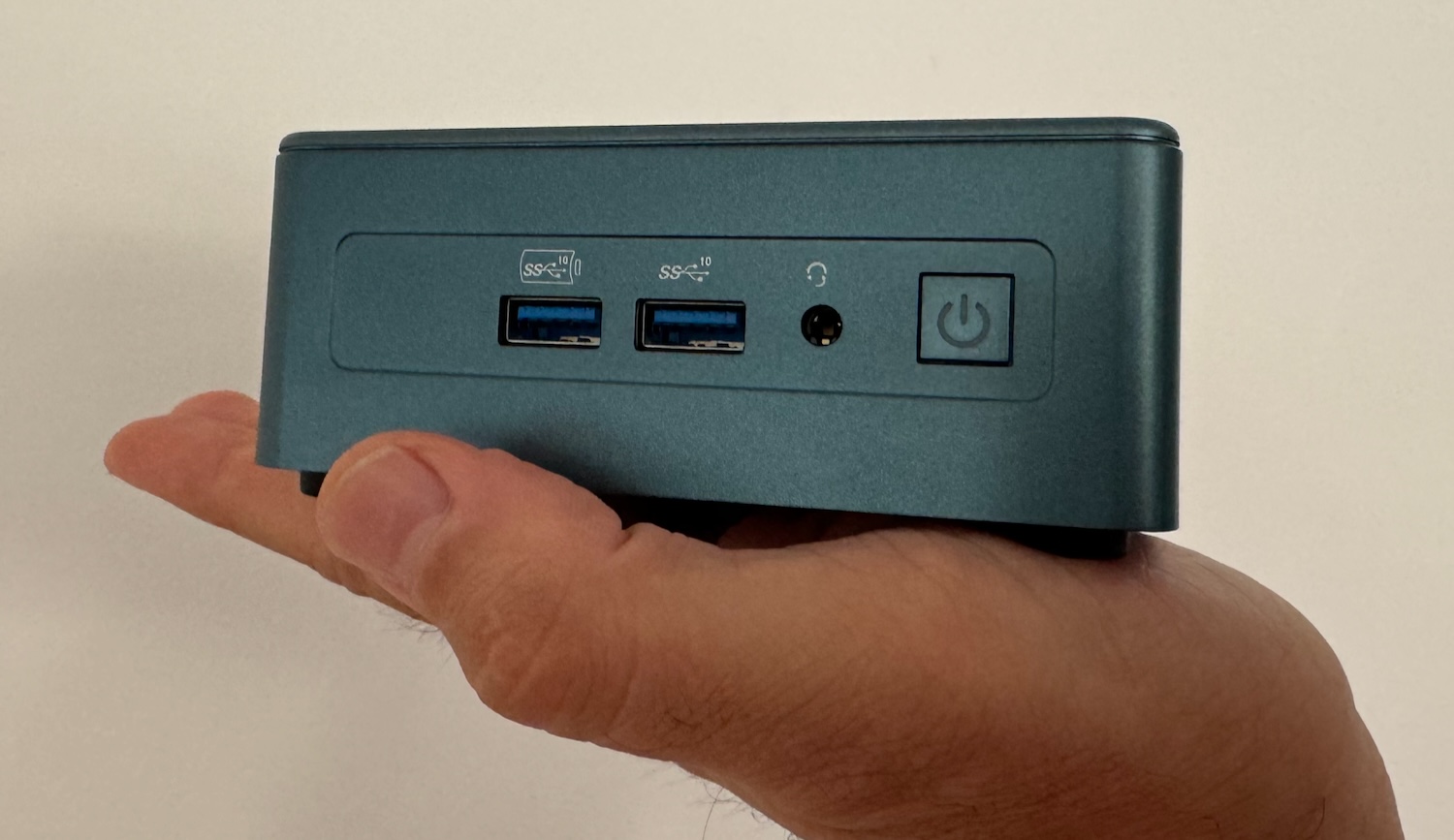In brief: Stablecoins are a particular type of cryptocurrency designed to provide a higher degree of financial reliability. The value of a stablecoin is theoretically pegged to a reference asset, which can be fiat money, traded commodities, or even another cryptocurrency.
Stablecoins have been hailed as the future of blockchain-based digital money due to their financial stability compared to Bitcoin and other “traditional” cryptocurrencies. However, according to Visa, more than 90 percent of stablecoin transactions aren’t actually generated by real users of the technology.
The financial giant worked in partnership with Allium Labs to develop a new metric that helps distinguish genuine stablecoin transactions from fake ones initiated by bots and large-scale traders. According to data provided by Visa, most of the $2.2 trillion in stablecoin transactions recorded in April weren’t made by real people. The company detected “organic” payment activities for just a minimal portion of those transactions ($149 billion).
Some high-profile companies like PayPal and Stripe have adopted stablecoin tokens as a potentially revolutionary payment technology compared to traditional money. According to Pranav Sood, general manager for EMEA of payment platform Airwallex, the latest data provided by Visa shows that stablecoins are still considered a “nascent” monetary tool.

Despite being one of the hottest topics in the financial sector for the past few years, digital tokens have yet to be widely accepted by most customers. Airwallex says there’s only a “tepid” demand for stablecoin-based payments, noting that many of its clients find them too complex and not user-friendly enough.
Stablecoins still present a “significant barrier” to potential user adoption, Airwallex said, and the financial market isn’t moving as quickly as tech companies would like. In the US alone, a significant portion of all business payments (40-60 percent) are still made by using checks. Technology adoption is slow, and stablecoins as a potential dollar replacement have not gained traction.
The new metric co-developed by Visa can apparently track the real value of digital token transactions on the blockchain, which has always been a challenging task. Previous estimations provided by Glassnode suggested that the theoretical $3 trillion value assigned to the digital token market in 2021 was actually closer to $875 billion. Visa, which handles more than $12 trillion in transactions per year, could see its business shrink if stablecoins and other digital tokens were to become generally accepted tools for payments and other monetary transactions.











